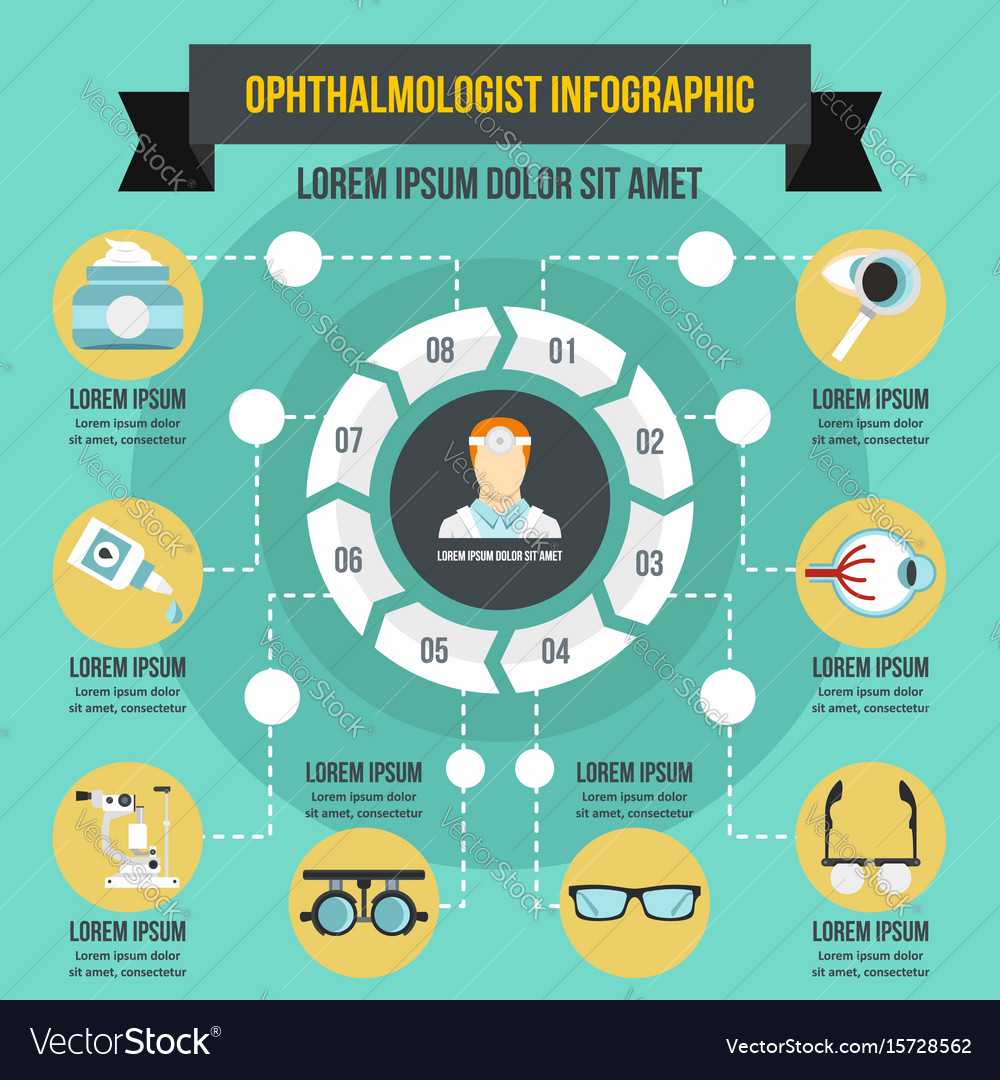The Comprehensive Guide To Refractive Lens Exchange: Vital Details You Must Recognize
The Comprehensive Guide To Refractive Lens Exchange: Vital Details You Must Recognize
Blog Article
Developed By-Kincaid Blackwell
If you're thinking about refractive lens exchange, you possibly have a lot of questions. This procedure could transform exactly how you see the world, using benefits like decreased reliance on glasses. However, it's necessary to recognize the process, dangers, and who qualifies as a great candidate. Allow's check out these important aspects so you can make an educated decision about whether RLE is right for you.
What Is Refractive Lens Exchange and How Does It Function?
Refractive lens exchange (RLE) is a surgery created to change your eye's natural lens with a synthetic one, correcting vision concerns like nearsightedness, farsightedness, or presbyopia.
Throughout the procedure, your doctor makes a small laceration in the eye, removes your all-natural lens, and inserts an intraocular lens (IOL) customized to your vision needs. This outpatient surgical procedure normally takes around 15 to half an hour per eye and is carried out under regional anesthetic.
You'll likely discover improvements in your vision almost instantly, though total recovery might take a couple of weeks. RLE is especially advantageous for those over 40 or with high prescriptions, providing a resilient solution contrasted to glasses or call lenses.
Your eye treatment expert can help determine if RLE is right for you.
What Are the Conveniences and Risks of Refractive Lens Exchange?
Choosing refractive lens exchange can lead to significant improvements in your vision, however it is necessary to weigh both the advantages and threats prior to making a decision.
On the plus side, this treatment can improve your eyesight by dealing with problems like presbyopia, nearsightedness, and hyperopia. Several people enjoy minimized dependancy on glasses or call lenses, which can considerably enhance their quality of life.
Nonetheless, it's crucial to take into consideration potential threats. Difficulties can consist of infection, glare, or halos around lights.
There's also a chance of overcorrection or undercorrection, which might call for additional treatments.
That Is a Suitable Candidate for Refractive Lens Exchange?
If you're considering refractive lens exchange, it is very important to know whether you fit the account of an ideal candidate. Typically, you might be a good prospect if you're over 40, experience presbyopia, or have high degrees of nearsightedness or farsightedness.
It's additionally crucial that your vision is stable, suggesting your prescription hasn't transformed significantly in the past year. If you have cataracts or other eye conditions, you might gain from this treatment too.
However, particular aspects, like uncontrolled diabetes mellitus or autoimmune diseases, could disqualify you. To identify your candidateship, talk to an eye treatment expert that can review your specific circumstance and recommend the very best strategy tailored to your requirements.
Top-rated LASIK Doctor
In conclusion, refractive lens exchange can be a transformative choice for improving your vision, particularly if you're over 40 or have a high prescription. While the benefits are considerable, it's essential to evaluate the risks and consult with your eye treatment specialist to figure out if you're an excellent prospect. With https://www.ctvnews.ca/w5/w5-investigates-a-rare-but-painful-side-effect-of-laser-eye-surgery-1.4141117 and advice, you can make an educated decision and perhaps appreciate a life with decreased dependancy on glasses.
